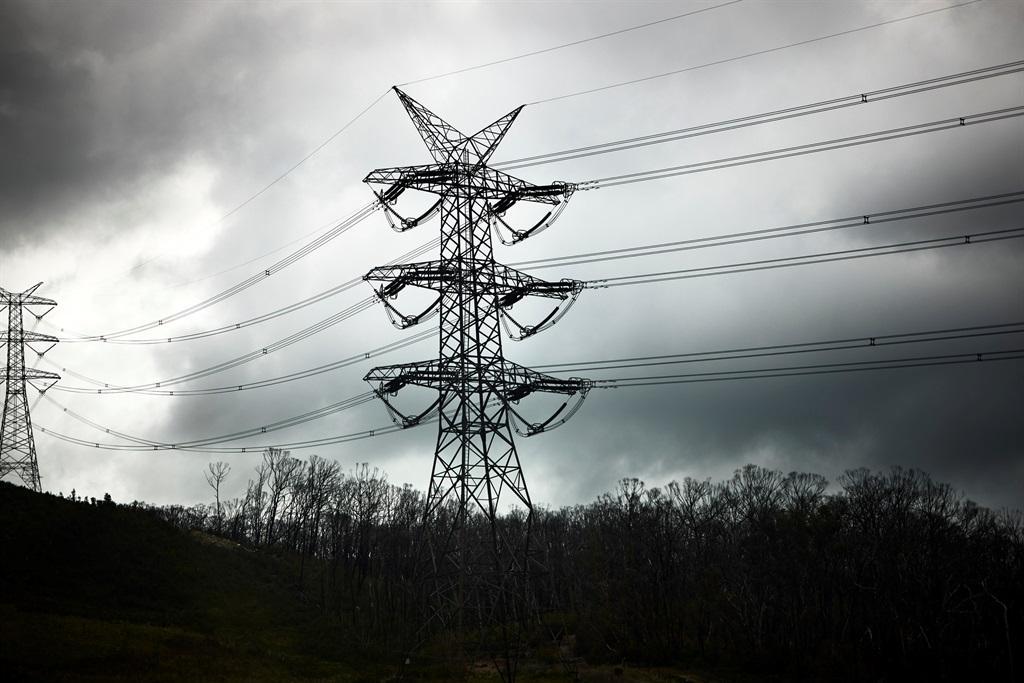Africa-Press – South-Africa. Moves to stages 5 and 6 load shedding are having a major impact on SA’s growth prospects. Investec looks at what this means for the different sectors – and look at some possible solutions.
From President Cyril Ramaphosa’s State of the Nation address to the recent Mining Indaba, to the updates from listed companies, the message is clear – the ongoing load shedding South Africans are experiencing has become a serious constraint on growth and profitability for South Africa’s corporates.
Combined with the impact of the breakdown in SA’s transport infrastructure, load shedding is undermining the country’s ability to continue its recovery from the Covid-19 lockdowns, even as interest rates rise in response to high inflation.
As Eskom’s energy availability factor (the difference between the maximum availability and all unavailabilities) fell to 50.4% in December, setting off the increased levels of load shedding since then (there have been no days without load shedding in 2023 so far). But what is the impact on the different sectors likely to be, and on the economy overall?
Ayan Ghosh, investment strategist at Investec, has done some work on the topic.
According to the latest Reserve Bank estimates, load shedding had a negative impact of 2.1% on quarterly GDP in the third quarter of last year, with agriculture, forestry, and fishing the most impacted. Estimates for the fourth quarter have not yet been released, but the impact may well be higher, given that load shedding occurred on all but three days during the final quarter of the year.
Recent news flow has revealed some of the impacts on the economy and specific sectors, especially when stages 5 and 6 load shedding has been implemented.
Impact on the mining sector
Mining production, for example, fell by 3.7% in the fourth quarter of 2022. At the recent Mining Indaba in Cape Town, platinum sector representatives noted that they were able to manage the impact of load shedding up to level six, but would become a major issue thereafter, with the risk of shaft closures and job losses.
Heavy rains in the fourth quarter and February have added to the challenges mining firms face. According to the Minerals Council, the sector has navigated the current load shedding crisis relatively well, since miners were required by Eskom to curtail electricity demand by 15%, when Eskom implemented intermittent Stage 5 and Stage 6 load shedding across the country late last year.
Impact on agriculture
Meanwhile, load shedding could have an impact on SA’s food production, transport and storage. According to the Agricultural Business Chamber of SA (Agbiz), persistent load shedding has already hurt production. Agbiz Chief Economist Wandile Sihlobo wrote in January that load shedding had serious implications in many areas: Field crops, fruit and vegetables that rely on irrigation.
“Roughly 20% of maize, 15% of soybean, 34% of sugarcane, and nearly half of the wheat production are produced under irrigation,” noted Sihlobo.
Red meat, poultry, piggery, wool and dairy production, all of which require continuous power for their usual activities.
Downstream activities such as milling, bakeries, abattoirs, wine processing, packaging, and animal vaccine production, face similar challenges.
“Exporting agribusinesses, especially those with products highly sensitive to delays, such as fruits, red meat, and wine, are also worried about the port activities, which fortunately haven’t been primarily affected,” said Agbiz. “There are also food security concerns as the effect of load shedding will probably show in the volumes of products to be harvested/produced later in the coming months due to the time lag in agricultural production stages.”
Retail
Stages 5 and 6 load shedding has a significantly negative impact on retailers, notes Ghosh. Shoprite, for example, has been spending R100 million on diesel every month during periods of Stage 6 load shedding. Ghosh says his analysis suggests that retail profits could decline by about 10% if the current load shedding patterns persist.
Property
Similarly, property companies (many of which are highly exposed to the retail sector) often face the same issues as retailers. Ghosh says that, according to Attacq (owner of the Waterfall precinct), its average diesel cost per day rises to R511 500 in the event of Stage 6 load shedding, from R170 526 per day during Stage 2 load shedding.
While solar generation is increasingly an option for shopping centres, this will take some time. For example, according to Redefine, solar generation currently makes up only about 17.8% of its energy consumption in malls.
Healthcare
Meanwhile, hospital groups also face rising costs when higher stages of load shedding are implemented. In its latest trading update, Life Healthcare said its diesel costs in the four months to the end of January increased to R25 million, from R5 million in the previous comparable period. Life Healthcare notes, however, that this is not significant in its overall cost structure.
The way ahead
These numbers are concerning and could get worse if the government, Eskom and other stakeholders are unable to improve conditions on the grid and don’t accelerate the rollout of independent power projects to alleviate the burden on Eskom.
“We see an increased risk of load shedding in the medium term, following the failure of bid window 6 of the renewable energy independent power producers’ programme (REIPPP), according to media reports,” says Ghosh.
“While Bid window 6 was expected to be the largest energy procurement, only five bidders were chosen in Q4 22, producing a total 860MW, or 17% of the full 5.2GW.”
Speaking at a recent Investec webinar, Roger Baxter, head of the Minerals Council, emphasised the need to reconfigure the grid, which requires significant new investment of about R120 billion. “This can only happen if government removes the transmission into a stand-alone government company,” he said.
Baxter, however, said that there were some positives to be drawn out of the proposed interventions by President Ramaphosa to resolve the power crisis.
These included:
Road map to ending load shedding
Baxter also acknowledged that there were risks of increased electricity load shedding, as we approach winter. Yet, he remained hopeful that Eskom’s energy availability factor would improve, as we have typically seen during previous winters, when Eskom brought back into service additional generation units that had been under planned maintenance.
Measures such as the tax rebate for the installation of solar panels (125% for companies), announced in the Budget, will also hopefully assist South Africans to access affordable energy and reduce reliance on the grid.
Ultimately, South Africa’s infrastructure problems will require private sector investment in electricity (and rail), including through public-private partnerships (PPPs). Studies suggest that, for every 10% decline in the total fixed capital stock share owned by the government, South Africa’s growth rate could improve by 2 percentage points.
“By reducing government’s share of the total fixed capital stock to 23%, combined with other critical reforms (such as tackling crime and reducing red-tape), South Africa could engender a +5% a year GDP growth rate,” concluded Baxter.
For More News And Analysis About South-Africa Follow Africa-Press






